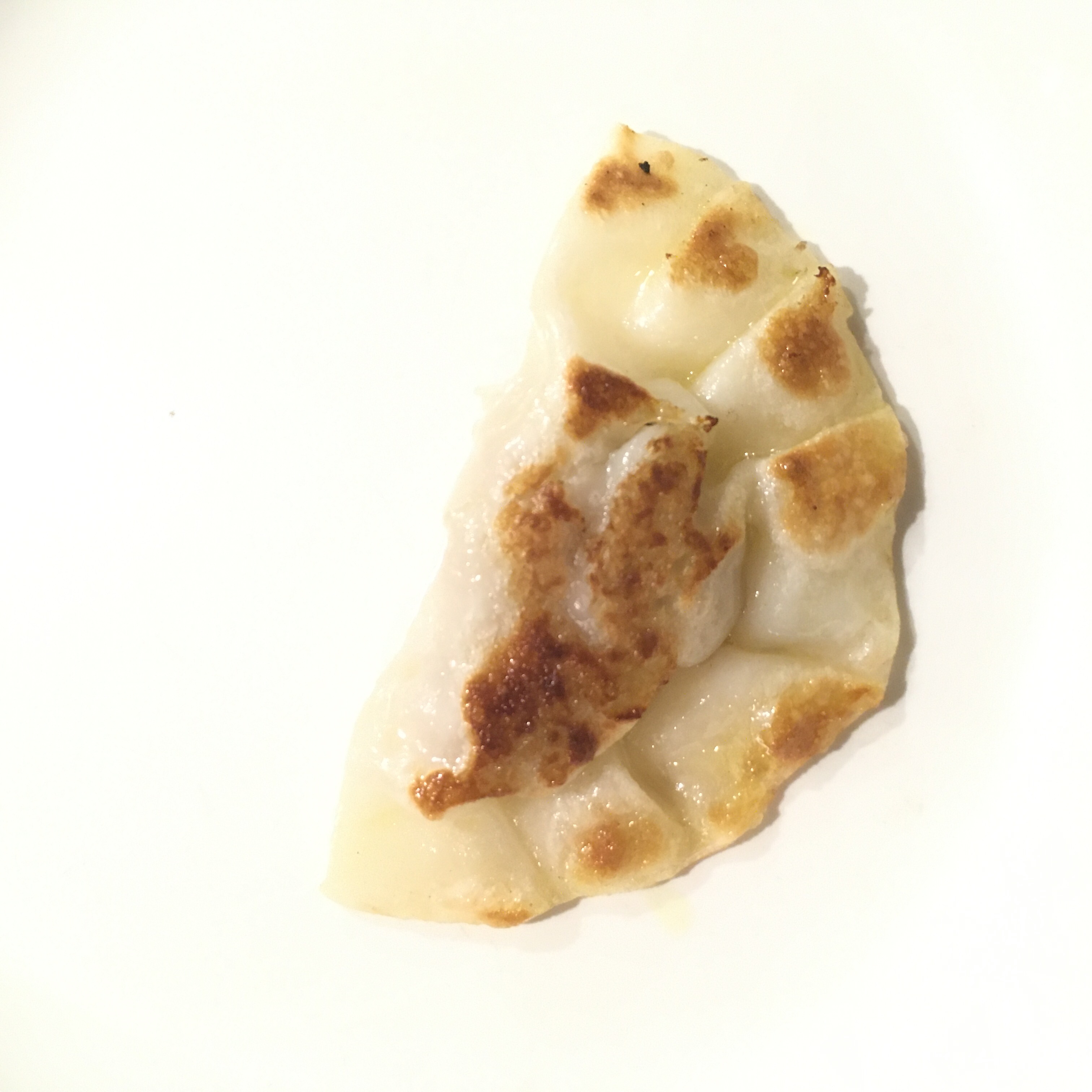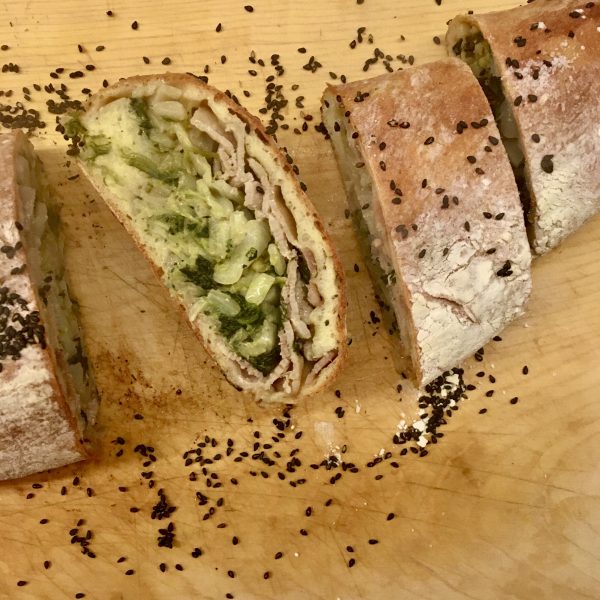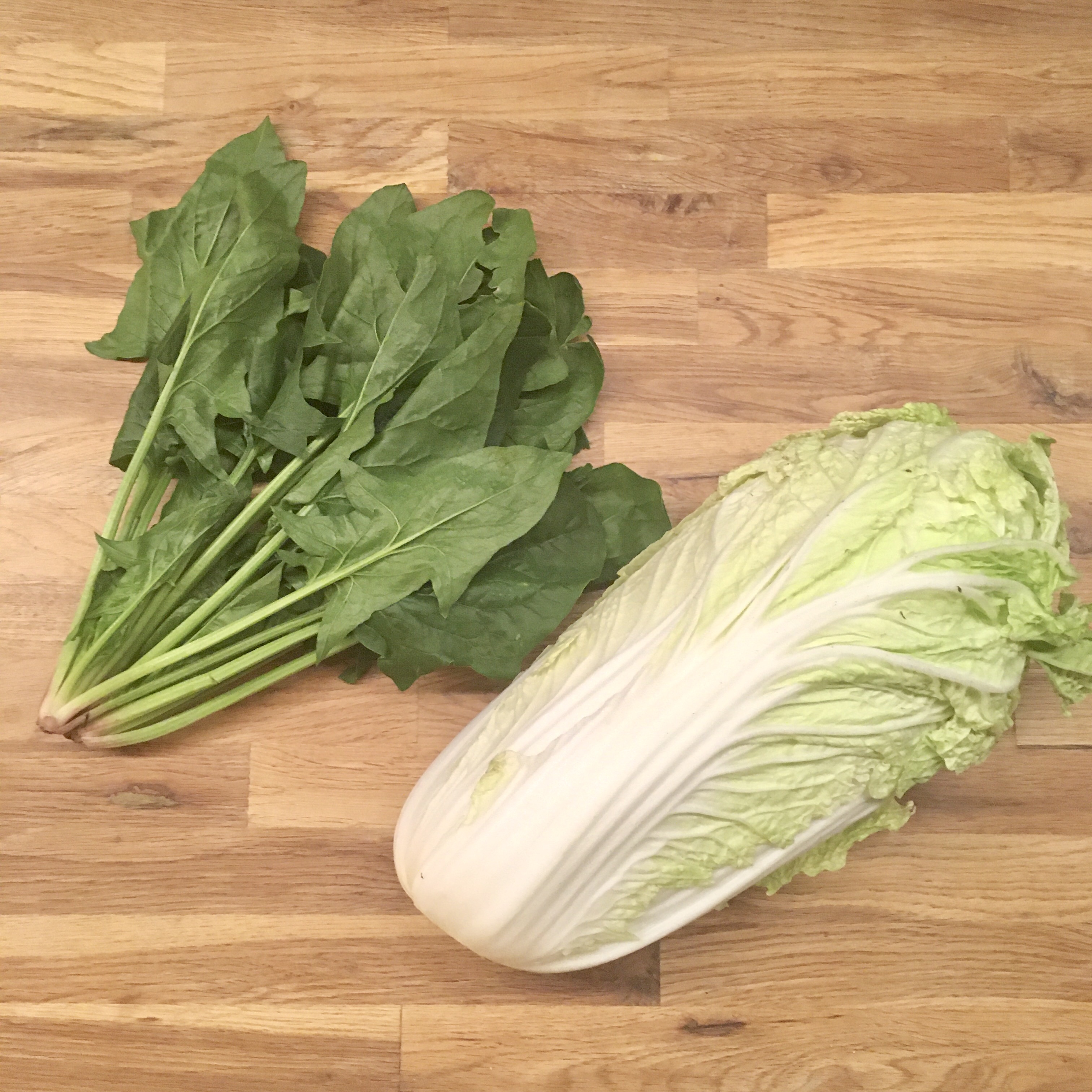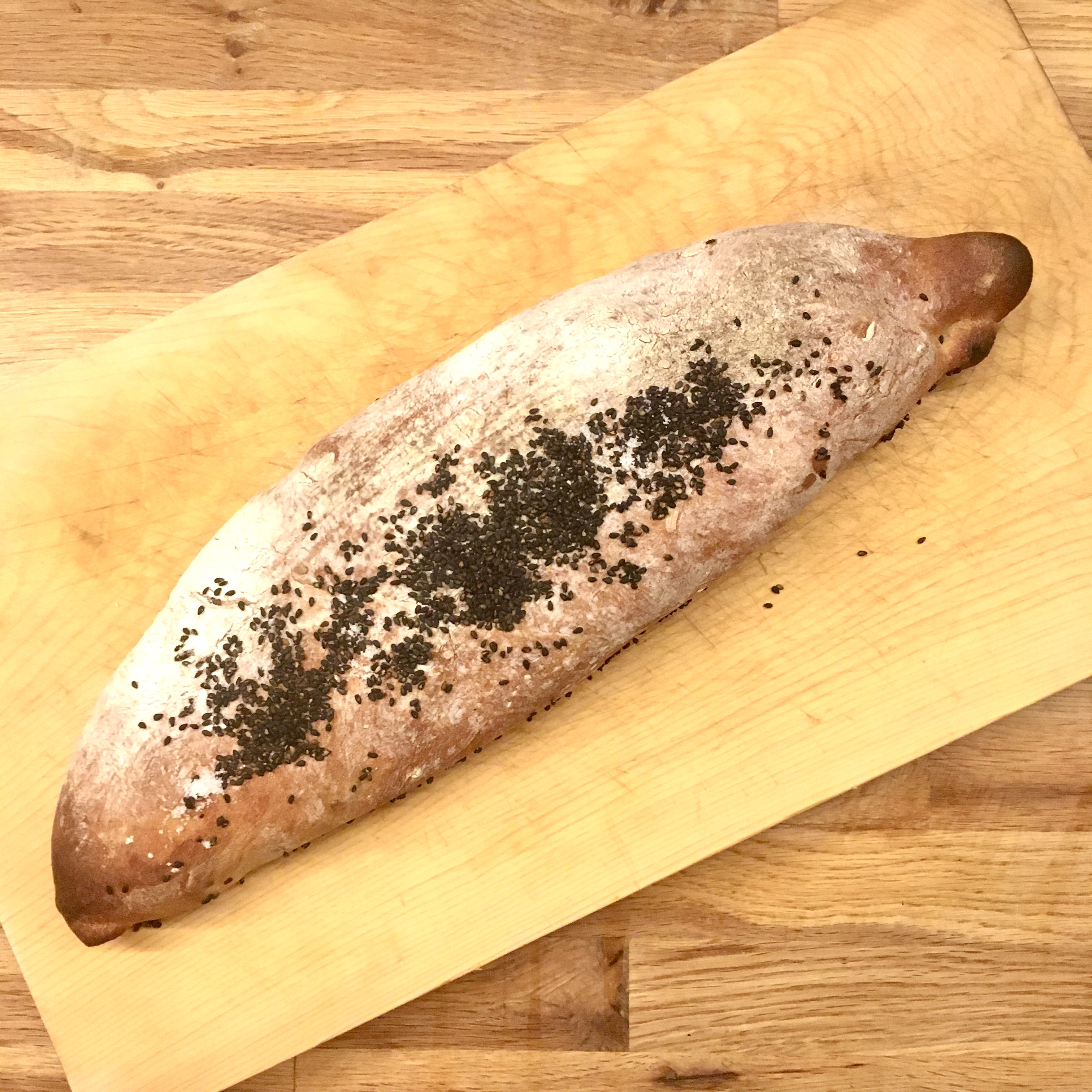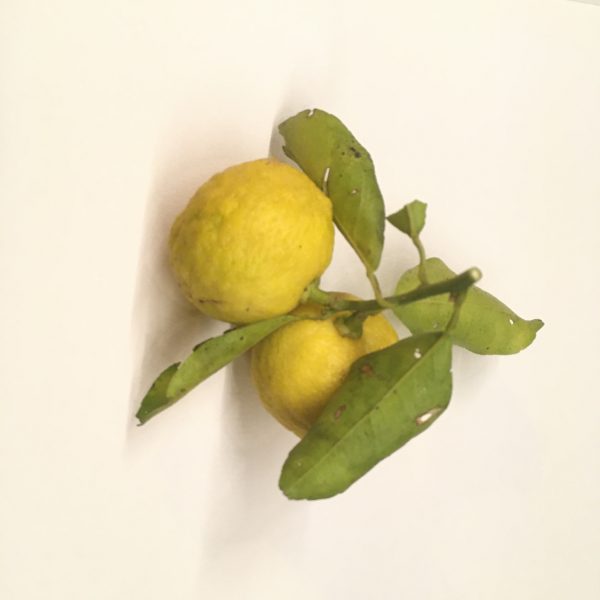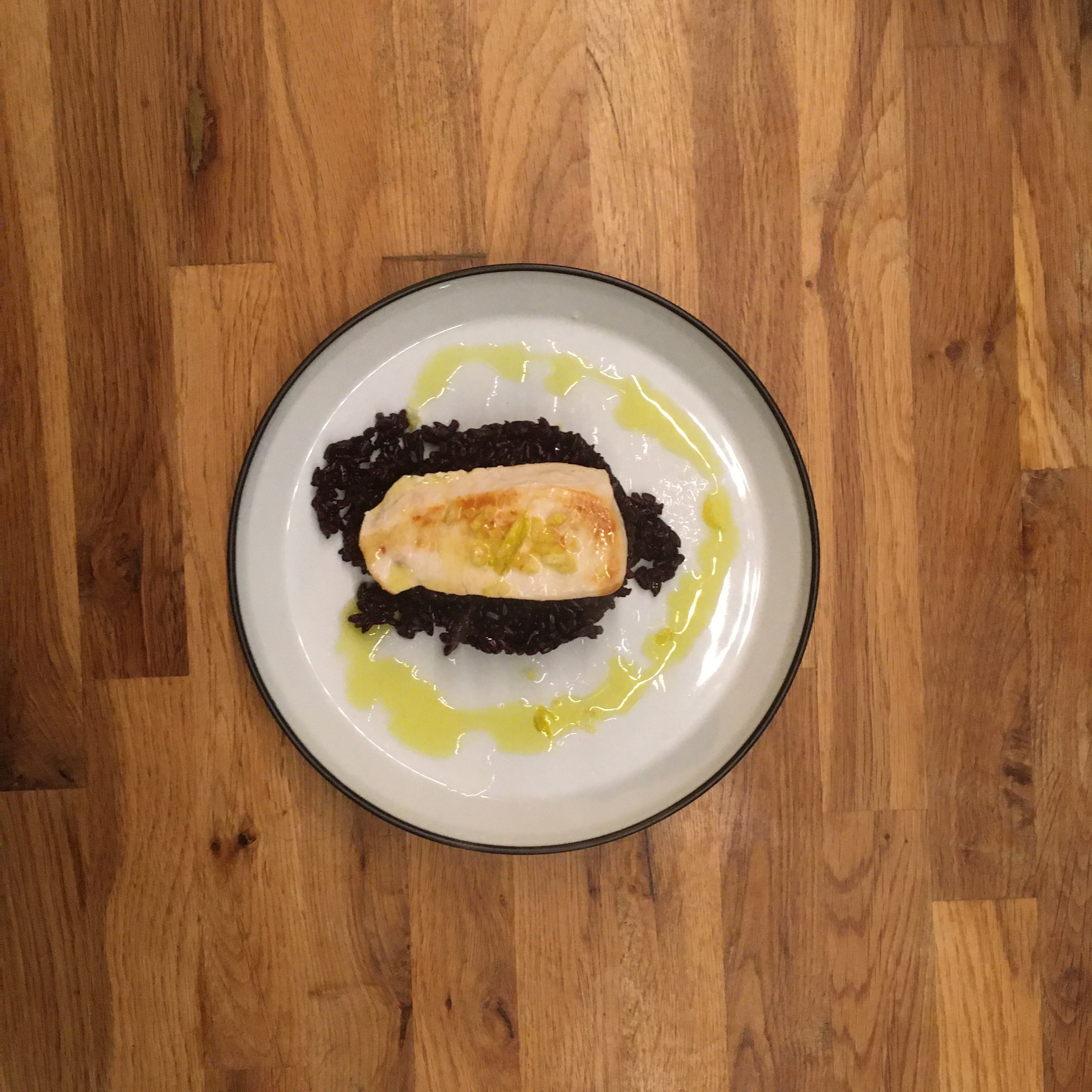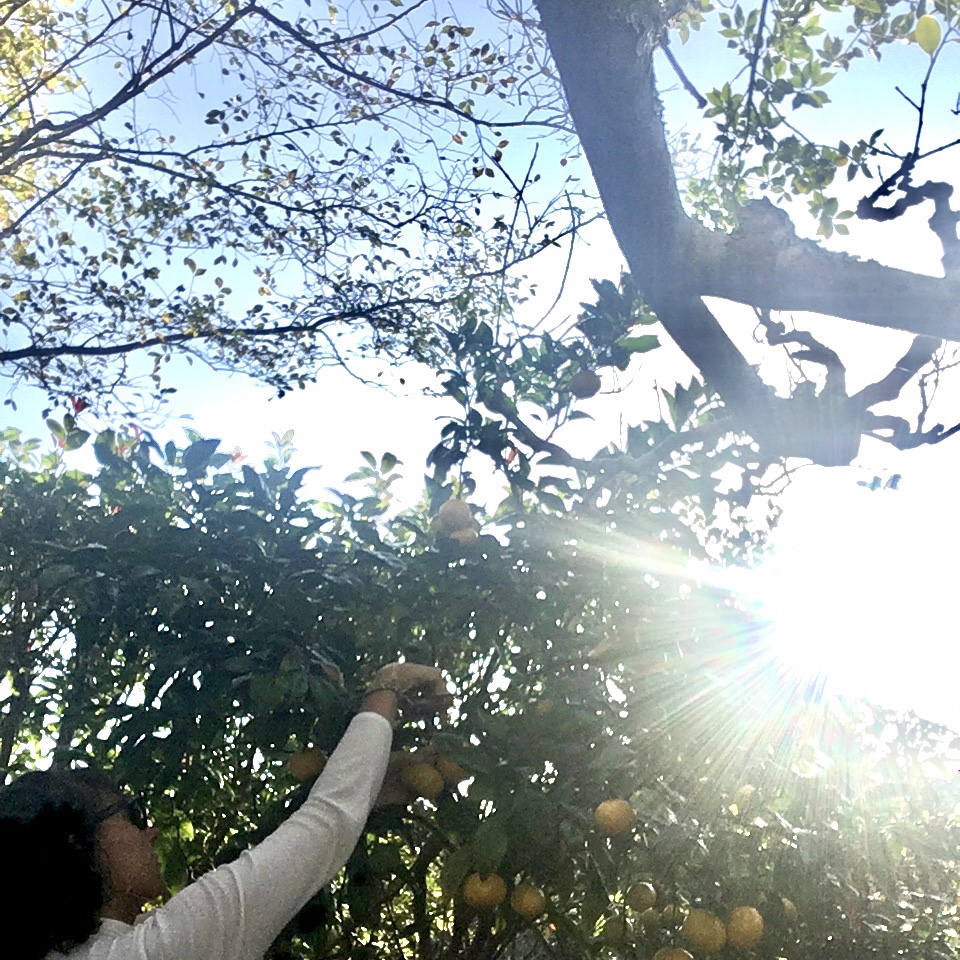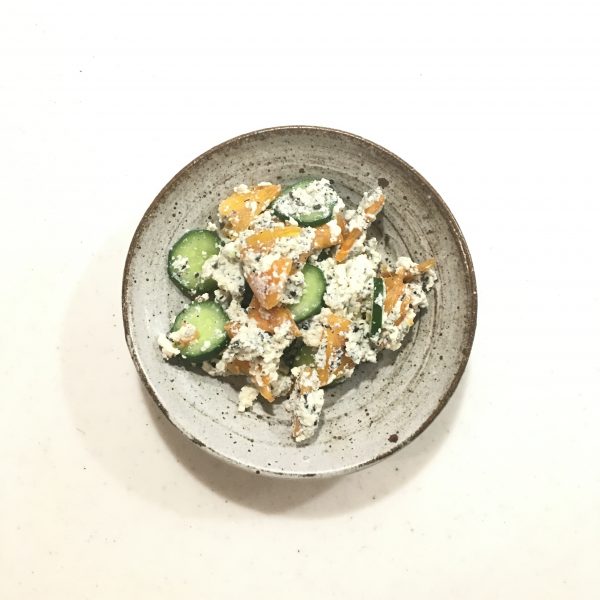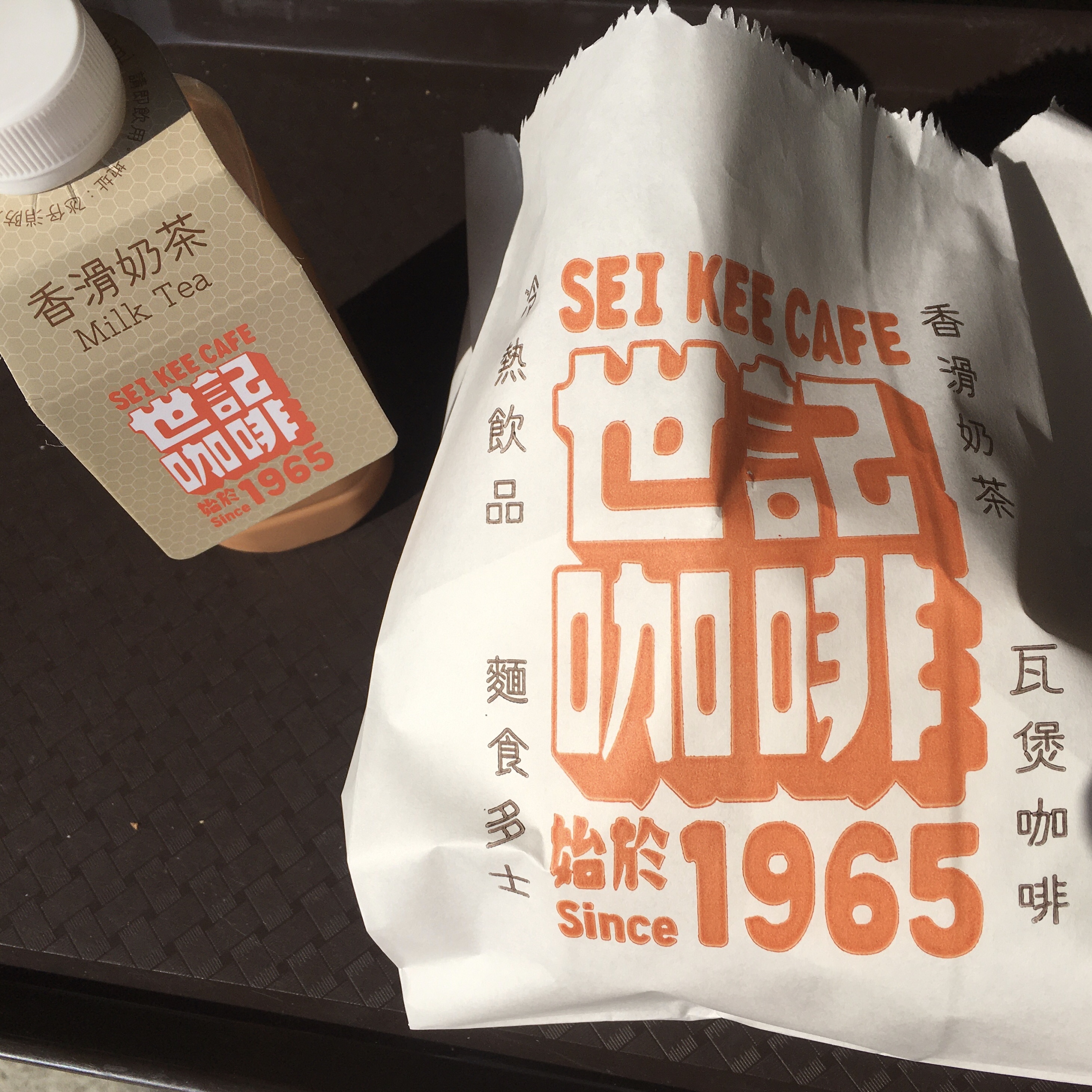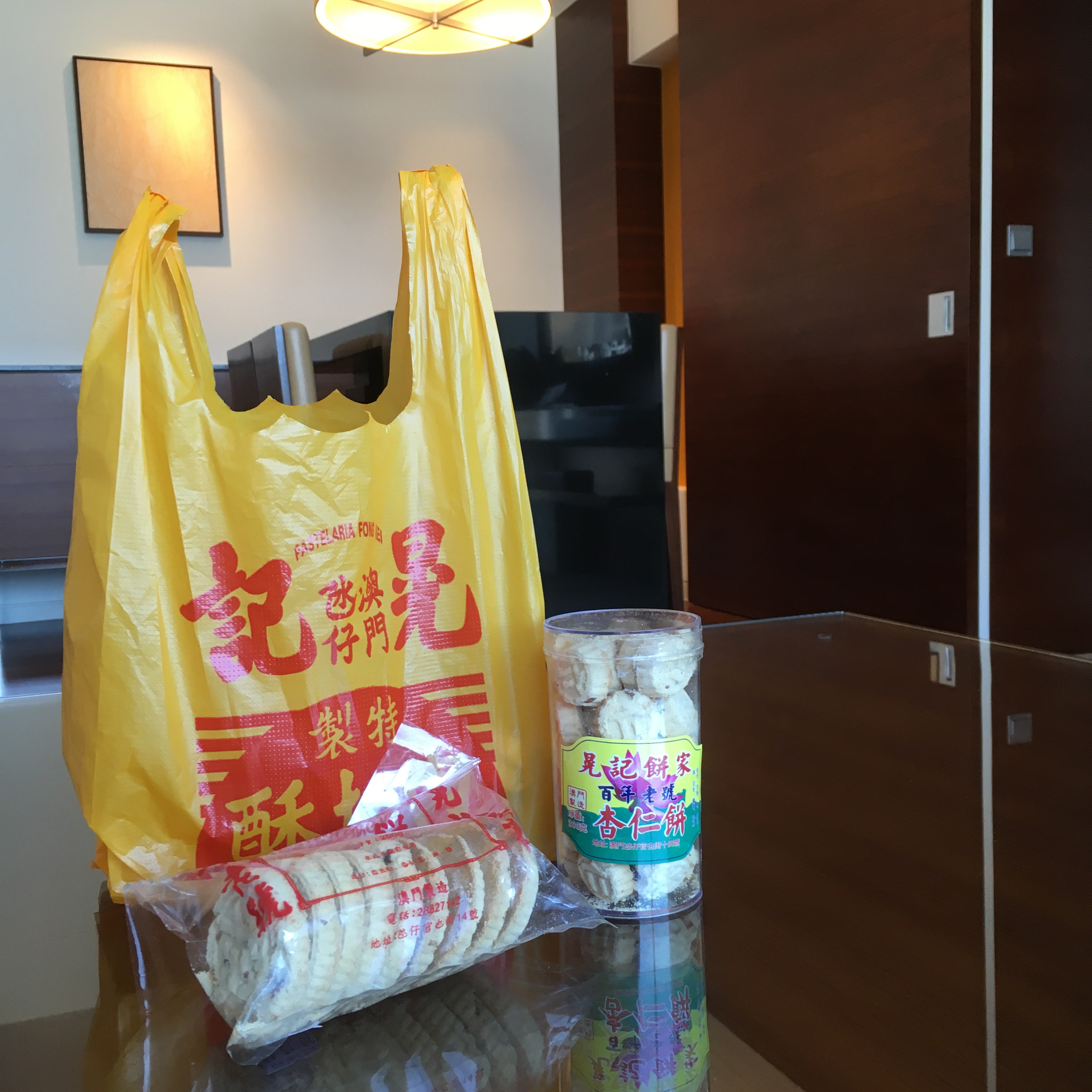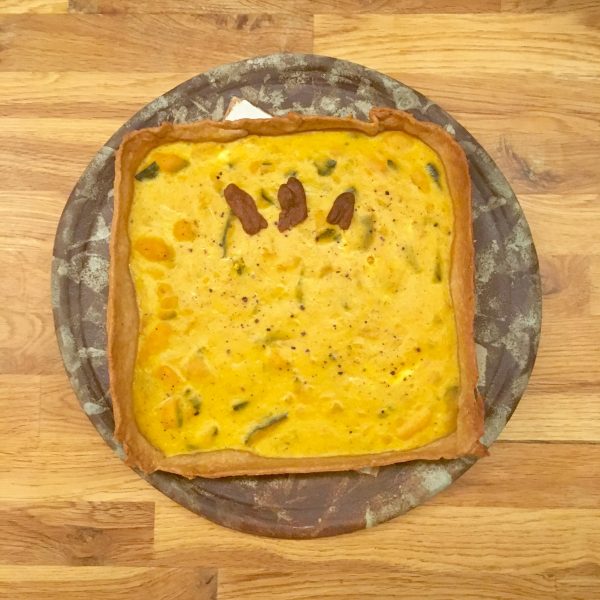I cannot hide that I have a thing for stuffed food, for pies and for dumplings… whether they are Italian ravioli, Japanese gyoza, French ravioles, Russian pilmini, Chinese shumai and other little stuffed breads… I simply love them, how the filling is steamed in the little poach and when opened all the captured flavors develop in the mouth. And I enjoy a lot making them with my own prepared filling. You already know how much I love making ravioli, well I also love making gyoza and I want to try other recipes from Asia and eastern Europe. From the scratch, or when I am a little too busy I use gyoza “skin” 皮 that only contains flour and water. Luckily in Japan it is easy to find some (be careful though that most gyoza skin sold in supermarket contains a lot many ingredients to be good, so, as usual look at the label, if there are more than 4 ingredients, pass).
To celebrate the beginning of the cold weather I invented a new filling recipe with seasonal vegetables and that was a very nice try, to reproduce soon.
Here is my recipe!
Early winter gyoza (makes 30 pieces)
– 30 gyoza skins
– 100g of ground pork meat
– 2 sweet potatoes (mine are 15cm long, 3cm wide)
– 2 leeks
Boil the sweet potatoes with the skin. Once very soft, peel them and crush them in a bowl, add the meat. Chop the leeks and add to filling mixture. Stir well. Now it’s time to prepare the gyoza. In a skin set 1tsp of filling and close it. Repeat until all is gone.
To cook the gyoza, grease a fry pan (I used olive oil) and put the gyoza in, add 1cm of water. Cook under cover for some time until the water is gone, flip the gyoza and when they are golden flip again. Serve hot with soya sauce in which a bit of white vinegar has been added. Enjoy!!!
